Two of the biggest banks in the mortgage market
(holding about half of the mortgages on American homes) were actually
set up by the federal government to aid homeowners in securing
mortgages. The Federal National Mortgage Association (Fannie Mae) was
created by President Roosevelt as part of his New Deal during the Great
Depression of the 1930s. The Federal Home Loan Mortgage Corporation
(Freddie Mac) was established in 1970 to facilitate the buying and
selling of mortgages on the secondary market, freeing up money for
banks to be able to make mortgages more readily available to home
purchasers. Contrary to what is commonly believed, these are not
government-owned corporations; they are not (or were not) even
government-backed corporations. They are Government-Sponsored
Enterprises (GSEs) only. Ownership belongs to private investors, just
as with any other corporation. However, many people (including foreign
investors) invested in these corporations believing that they had the
full backing of the U.S. Treasury. As many would soon discover, this
was not the case, at least not originally.
Both GSEs had ventured deeply into the
subprime, Adjustable Rate Mortgage (ARM) market to keep their earnings
at the level they had been enjoying when the housing market first
heated up in the late 1990s. This all looked very good on paper. But
the fact is that by 2005-2006 both organizations found themselves
hugely overextended. By mid-2007 both of these huge mortgage companies
were in serious trouble.
By late 2007 there were clear signs that
the economy was slowing. The White House decided that what the economy
needed was some economic "stimulus" in the form of new tax breaks for
businesses and large tax rebates for American families (the Economic
Stimulus Act of 2008). In late January and early February Congress
authorized approximately $150 billion in such tax rebates. By late
spring of 2008 the benefits were out, and the economy picked up
(somewhat). But beneath it all was a waiting catastrophe.
The first signs of the looming
catastrophe came with the news that the huge investment bank, Bear
Stearns, was in deep trouble. It was terribly overextended in the
mortgage market, leveraged with debt it had accumulated to invest in
the wildly speculative housing market (it had borrowed about 30 times
as much as it had in real capital). White House economists scrambled to
find a buyer for the company. JP Morgan agreed to the deal, as long as
the government would lend $30 billion to cover the unwanted mortgages
portion of the deal. The company was saved, and a panic on Wall Street
was avoided, for a few months.
Meanwhile, attempts had been made in
previous years by the White House to reign in the speculation of the
two GSEs, Fannie Mae and Freddie Mac; but Democrats resisted these
efforts, defending these organizations as the hope of the little man.
But by mid-2008 the catastrophe hanging over both organizations was
obvious to all. Panic had set in among the mortgage speculators and
both GSEs were facing total collapse. In July, both organizations were
put under tight regulation, and the Federal Reserve was authorized to
step in to offer low interest rate loans to both organizations in an
attempt to restore confidence in them. But the crisis was too big. By
August of 2008 both organizations had lost 90 percent of their stock
values (as compared to their value the previous year). In early
September the government (the U.S. Treasury) had to step in to bail out
both institutions, to the tune of $100 billion of taxpayers' dollars
committed to each of these two institutions in order to get them back
on their feet. These were now in large part (temporarily, it was hoped)
government-owned. The bail-out saved the organizations, but seemed to
have little effect in stopping the panic. Investors were now scared
that other corporations that were over-leveraged in the subprime
mortgage markets were also facing failure.
By the weekend of September 13-14, the
panic was spreading as a major meltdown of the world of investment
banking. The panic hit the huge Lehman Brothers investment bank,
enormously overextended in the wild investment game. It was so
leveraged with its paper assets that it took only a 3 to 4 percent
decline in the value of those assets to collapse this prestigious firm.
But unlike Bear Stearns, no single purchaser could be found for this
long-established investment bank. On the following Monday the company
was forced to file the largest bankruptcy protection in American
history. The consequences were that this huge company had to be carved
up into pieces and sold to various other investment banks abroad,
principally Barclays of London.
The meltdown of the Lehman Brothers so
panicked Wall Street that the last two unregulated investment banks,
Morgan Stanley and Goldman Sachs, whose own stock plummeted
dramatically in September, moved quickly to convert themselves into
traditional banks under the regulation of the Federal Reserve. However,
the famous investment banking and stock brokering firm Merrill Lynch
did not fare as well in the face of its own huge losses, and was
rescued from total catastrophe only when the Bank of America bought out
the company at a bargain basement price. But Washington Mutual,
America's largest savings and loan association, was not this fortunate.
After a 10-day run of people withdrawing their deposits from the bank,
it was taken over by the FDIC (the federal agency which insures
people's bank deposits), its banking subsidiary sold off cheaply to JP
Morgan and the holding company placed in Chapter 11 bankruptcy
protection. This panicked depositors and investors in the Wachovia
bank, the fourth largest American bank. It too was taken over by the
FDIC, and was eventually acquired by Wells Fargo Bank (with Citibank
competing for the purchase) as a joint banking merger.
Meanwhile the largest American insurance
company, American International Group (AIG), nearly self-destructed
when, because of a loss of $18 billion (mostly in the subprime mortgage
market), its credit rating was downgraded. This in turn caused a
panicked sell-off of its stock, to a point where the stock was traded
at only $1.25 a share – down from $70 a share the previous year! Again,
attempts were made to find a buyer for the company. But AIG was too
big. The Federal Reserve stepped in on September 18th to save the
company from extinction by offering a $85 billion taxpayer-funded
government bailout (that amount would be increased by the next year to
a total of over $180 billion). The net result was that the U.S.
government ended up owning (again, presumably only temporarily) 80
percent of this huge insurance company. This put an end to the panic.
But AIG subsequently was forced to sell off many of its subsidiaries in
order to begin to pay down that debt

 The
growing national debt crisis and American trade imbalance
The
growing national debt crisis and American trade imbalance The
growing income inequality in America
The
growing income inequality in America
 The
September 2008 financial meltdown
The
September 2008 financial meltdown
 TARP: Bush
moves to bail out the troubled firms (October 2008)
TARP: Bush
moves to bail out the troubled firms (October 2008)






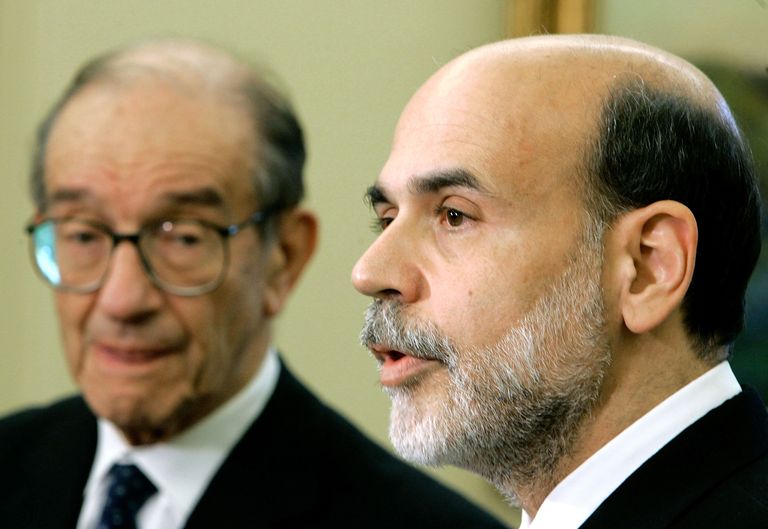

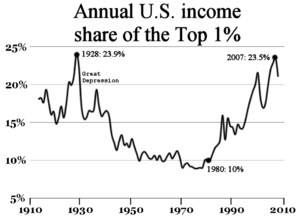
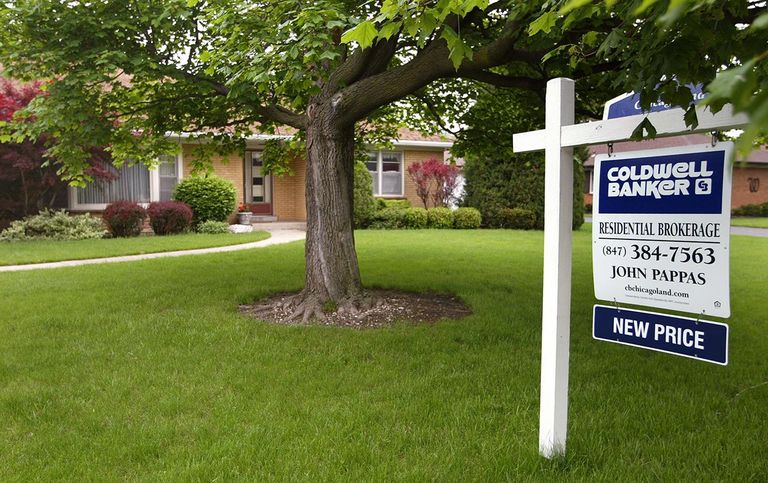
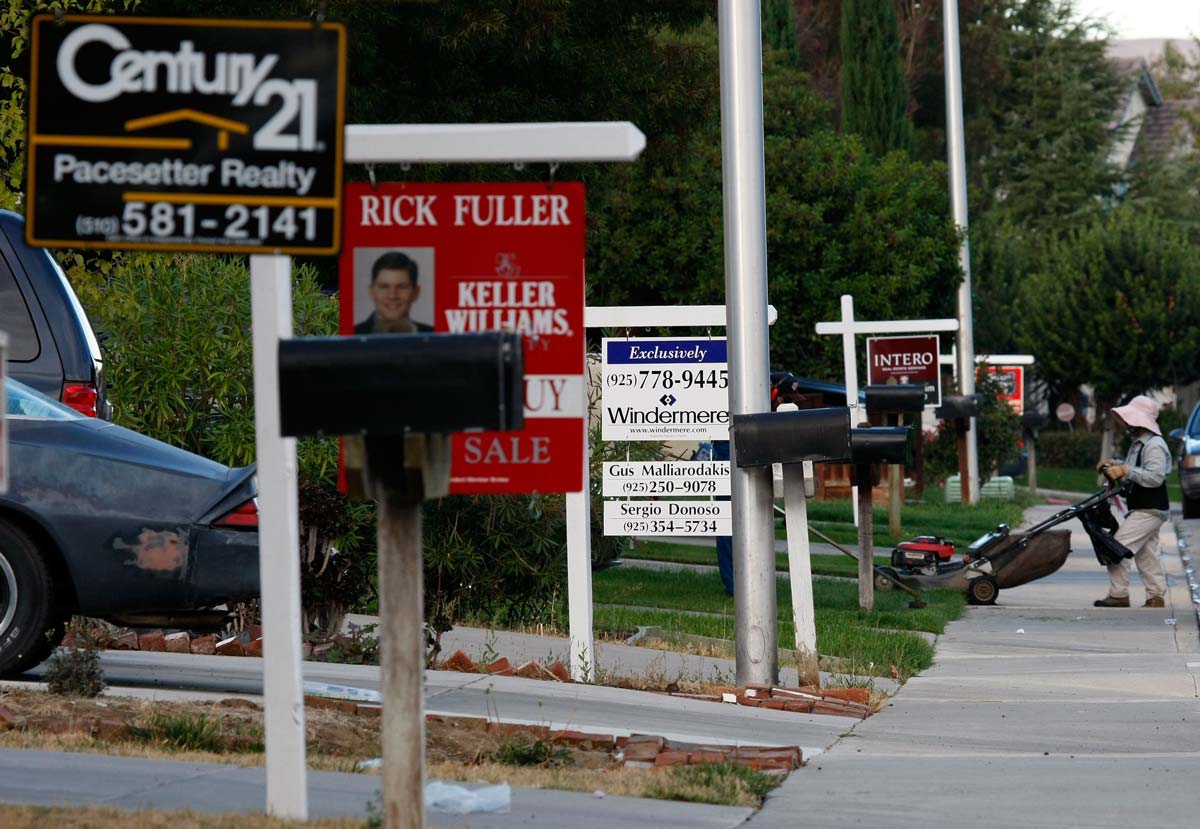
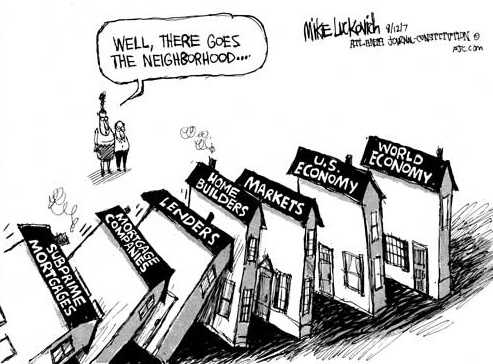
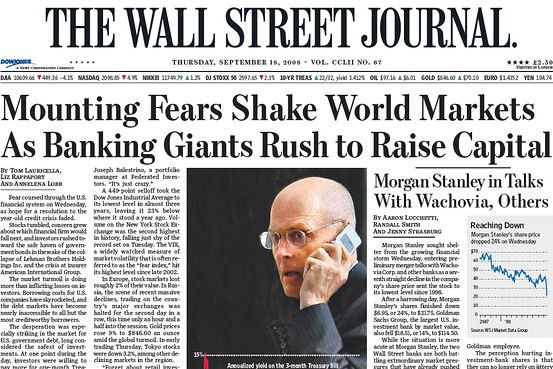
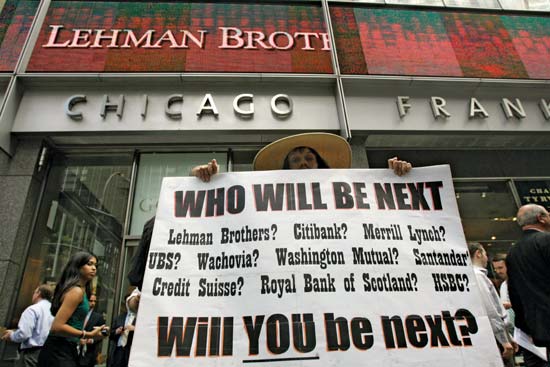
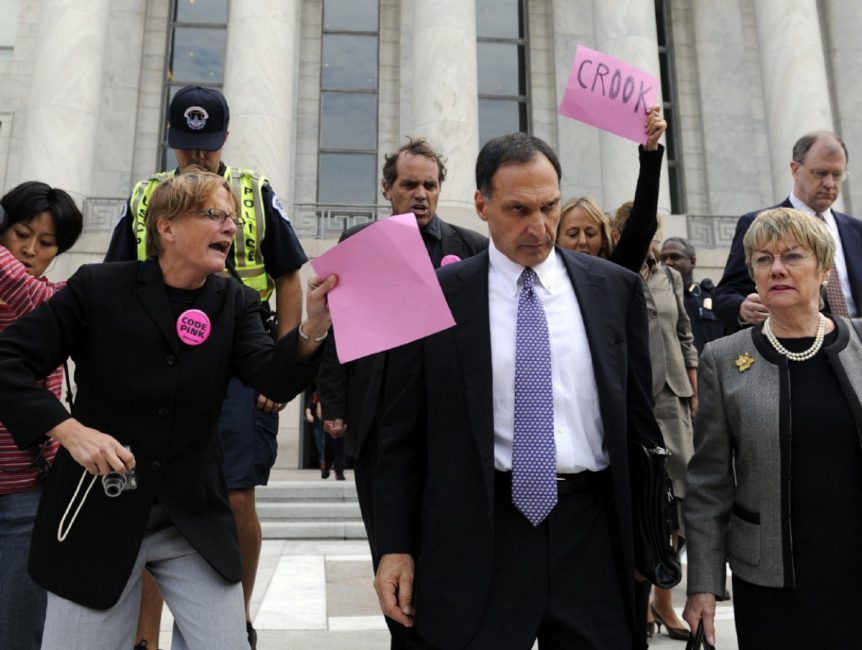
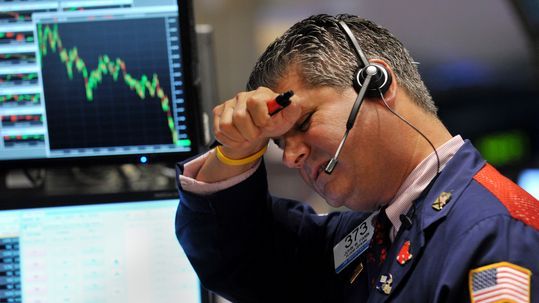
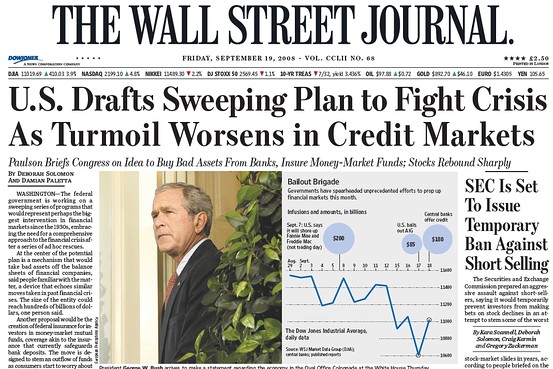
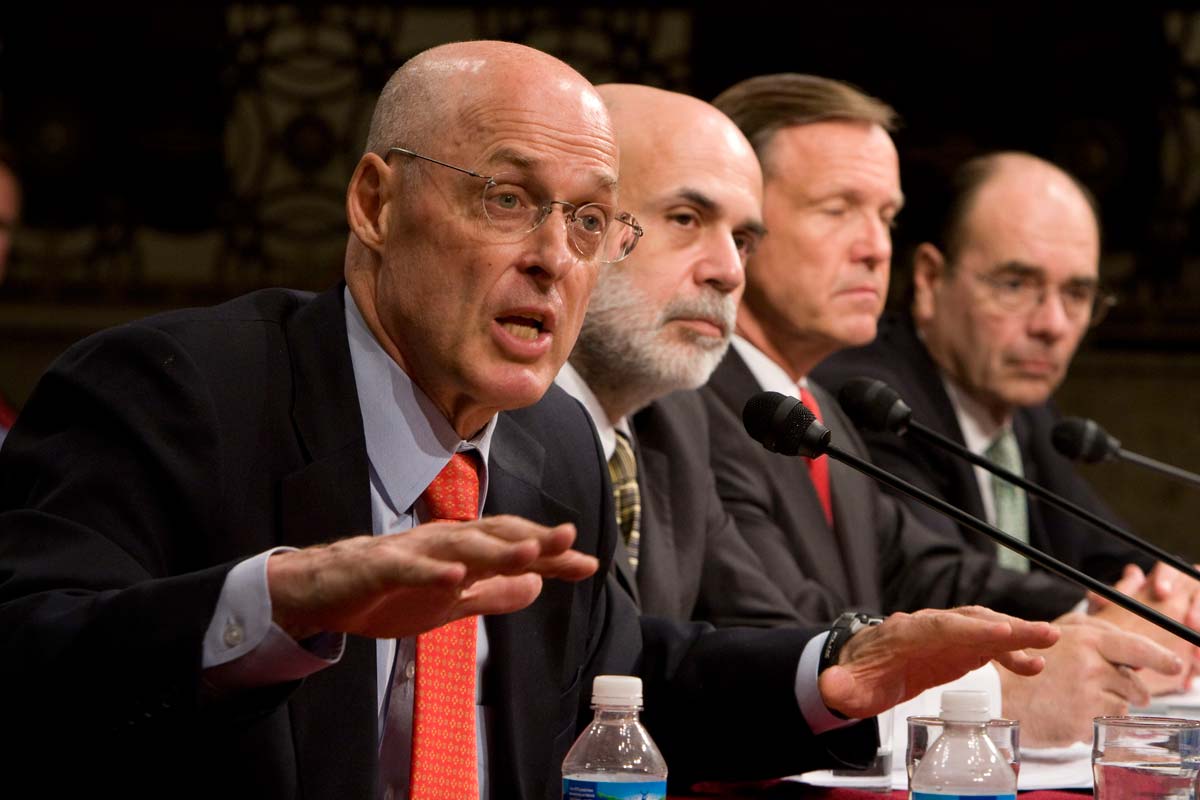
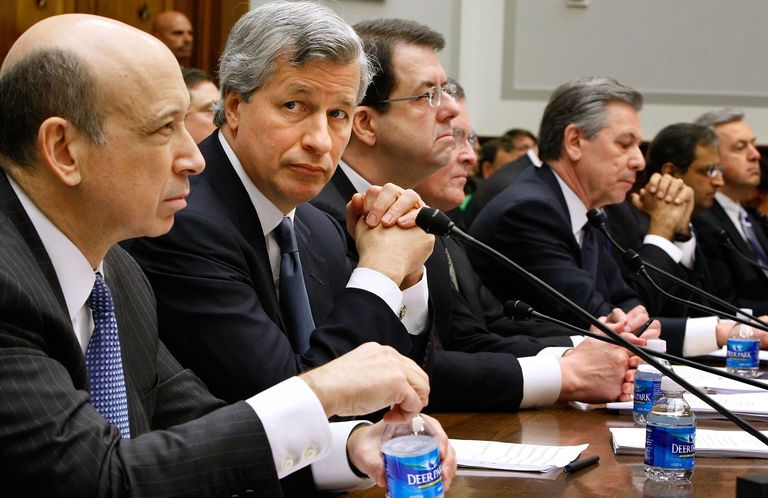
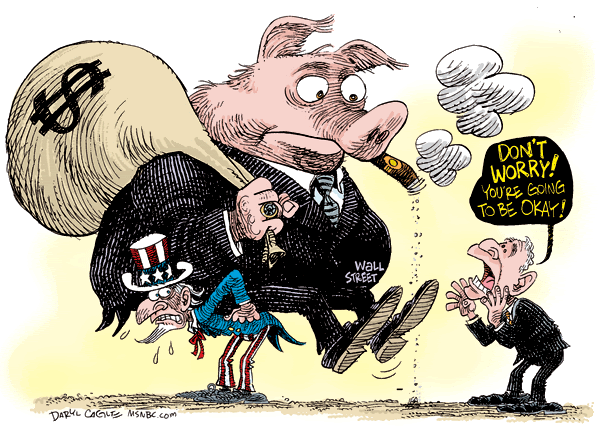
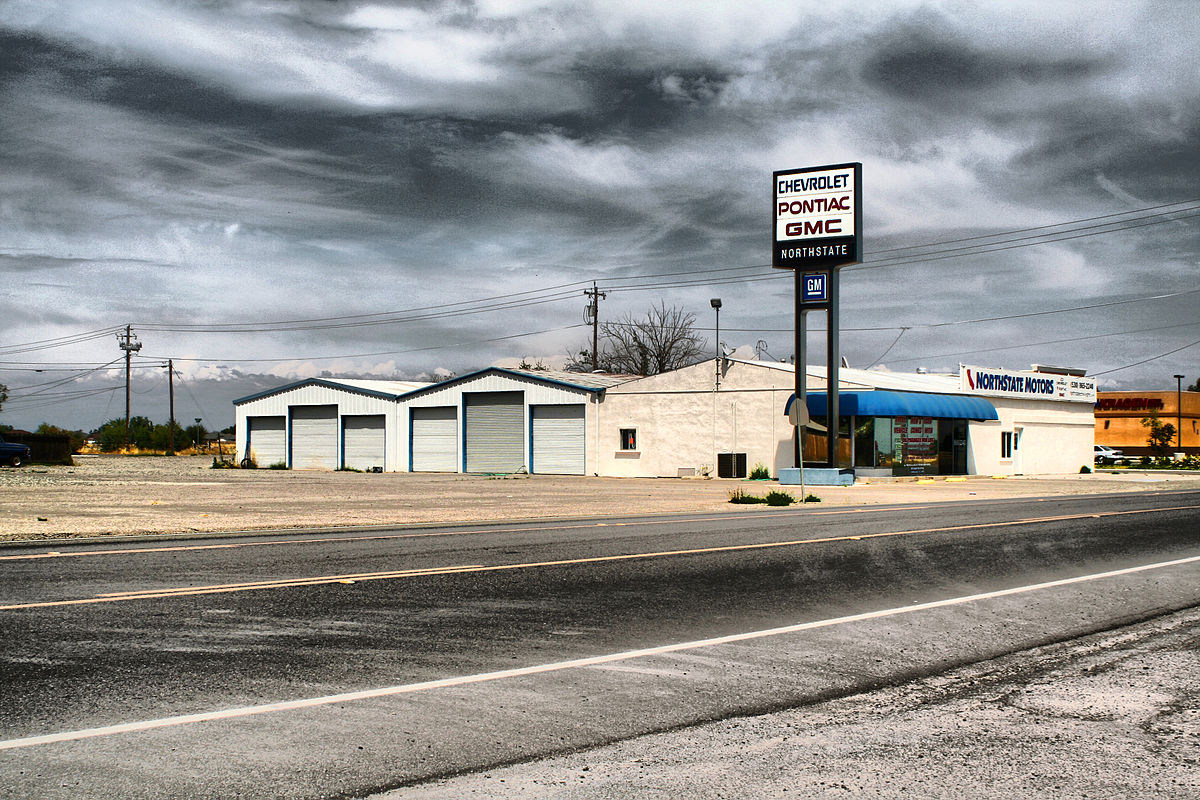

 Miles
H. Hodges
Miles
H. Hodges